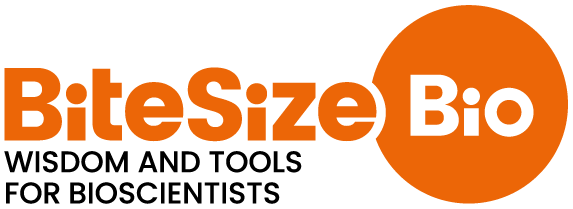All Episodes
Displaying 1 - 20 of 115 in total
Hepatocyte Counting Methods: From Manual Counts to Fast, Accurate Automation
#115 — Hepatocytes are liver cells that are essential for its function. They are also essential for certain branches of drug testing and diagnostics.However, they have...
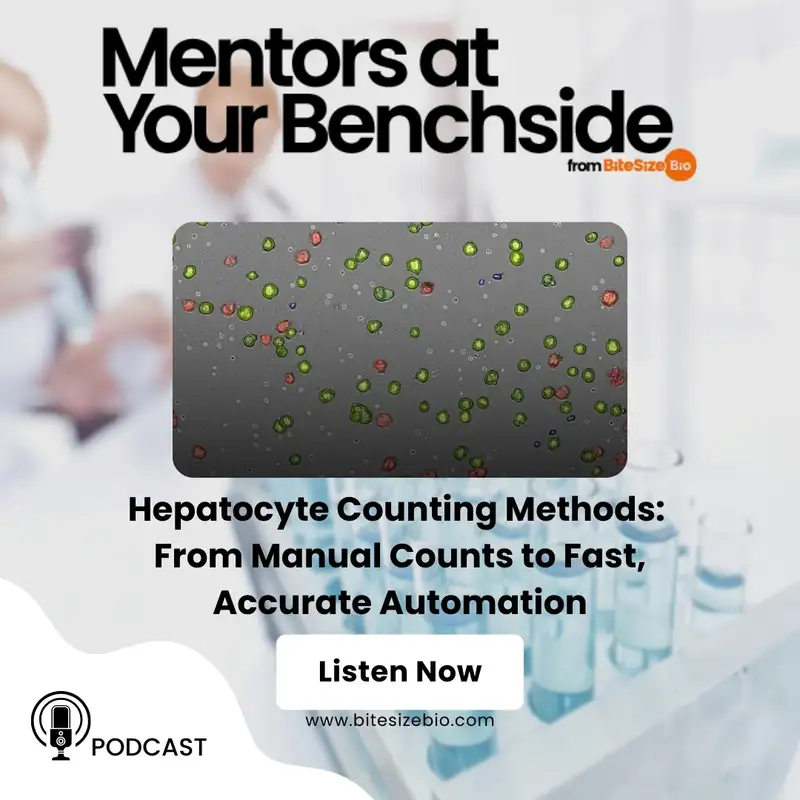
Single Cell Sequencing: Tips to Optimize Nuclei Extraction and Counting
#114 — High-quality nuclei extraction is pivotal for many genetic and epigenetic studies, including single cell RNA-seq to describe transcriptomic profiles and gene ex...
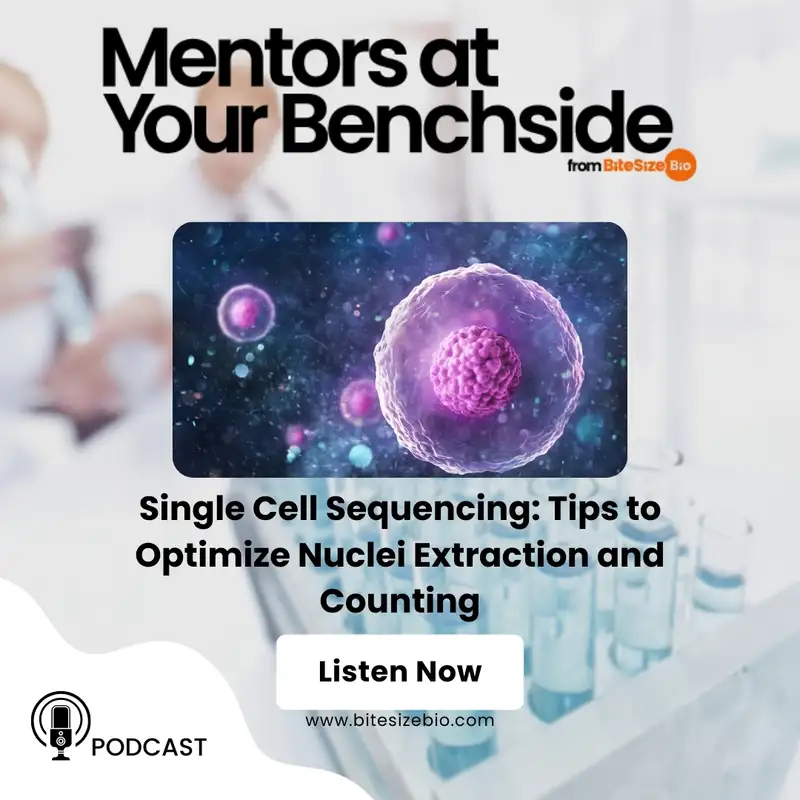
Personal Advice on How to Respond to Criticism of Your Grant Proposal Reviews
#113 — Learning how to respond to criticism is an unavoidable aspect of grant applications. Follow all instructions from funding agencies to avoid immediate rejection....

Isoelectric Focusing: A Simple Way to Enhance Your Protein Separation
#112 — Isoelectric focusing (IEF) is a powerful technique distinct from the more familiar SDS-PAGE, [1,2] tailored for separating proteins or peptides based on their i...

Top 10 Uses of Microbes in Biotechnology
#111 — In this episode, we dive deep into the fascinating world of microbes and their revolutionary applications in biotechnology. From environmental solutions to brea...
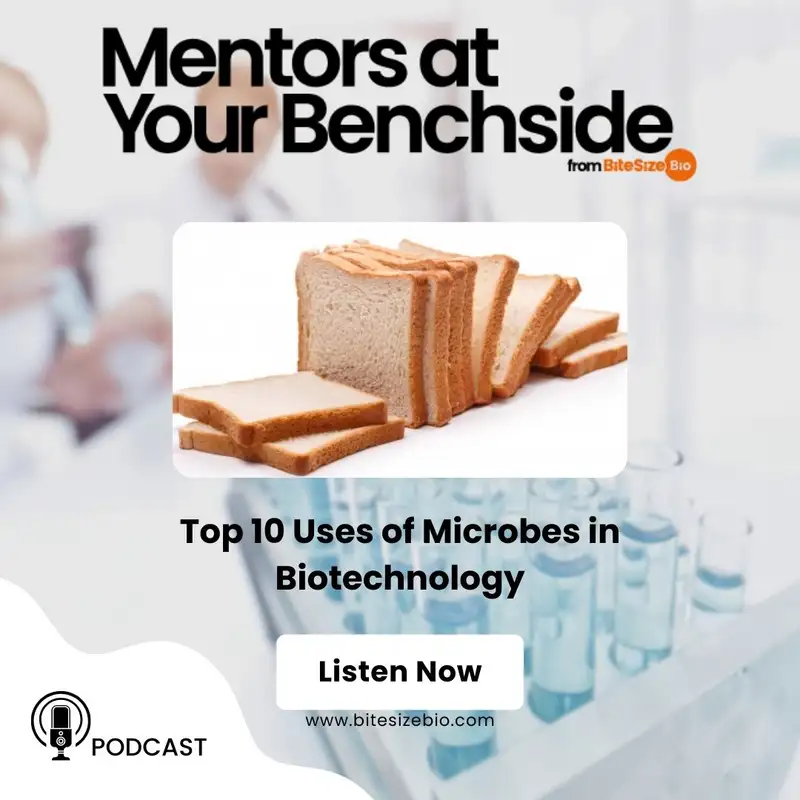
Let’s Talk About Stats: Methods for Comparing Two Sets of Data
#110 — Comparing two sets of data is a fundamental process in statistical analysis, crucial for drawing meaningful conclusions across various fields. Whether it's for ...
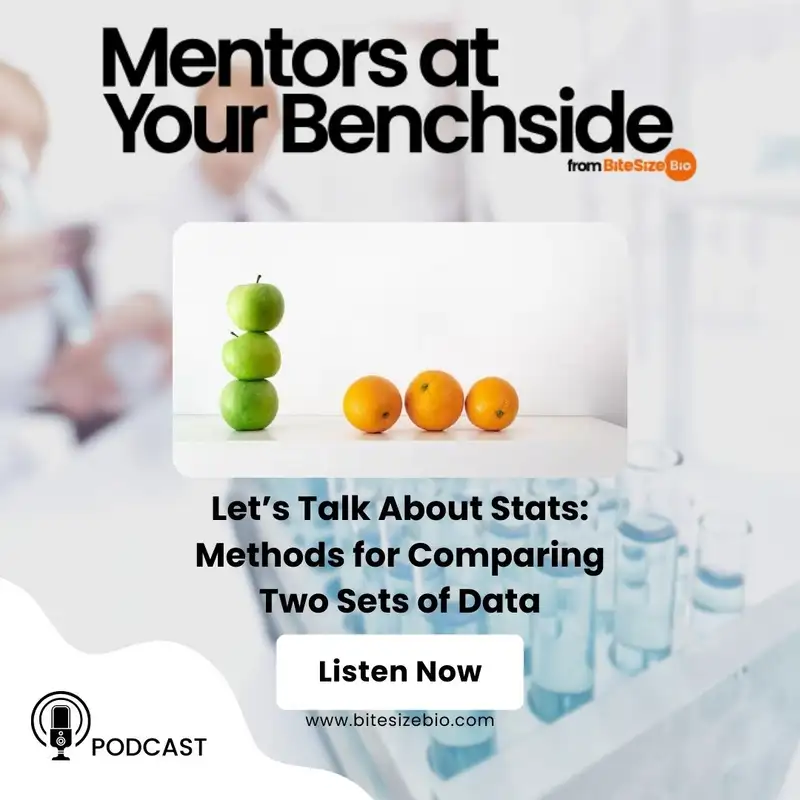
Personal Advice on Building Your Professional Network. It Takes a Village
#109 — How do you build a scientific network that gives you the best chance of getting your research funded? How can you identify who to include in your network, and h...
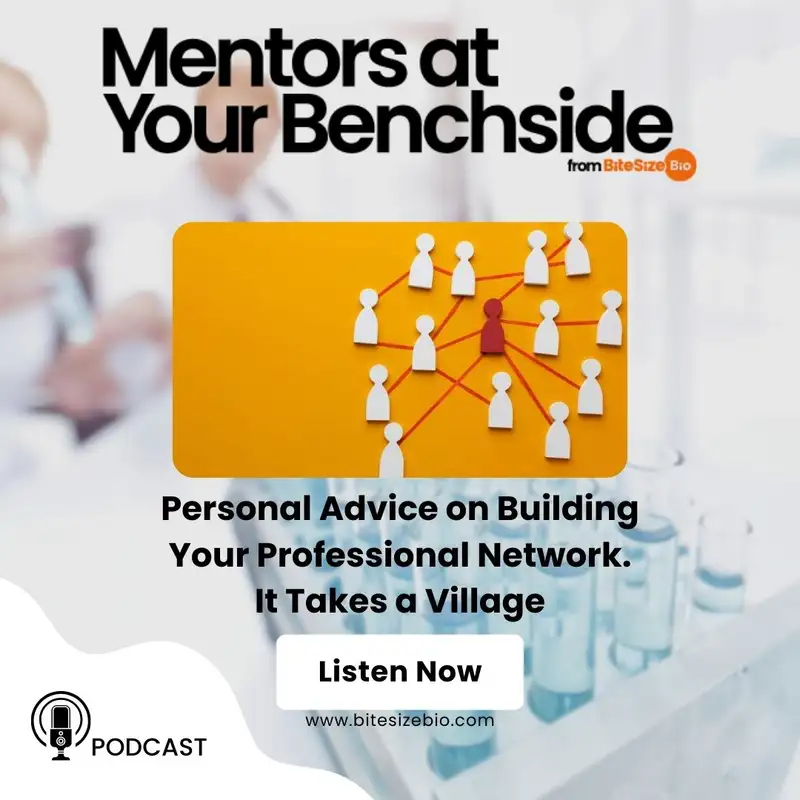
4 Fixatives for Histology and Cytometry: Perfect Your Preservation
#108 — What should you use to fix your cells? Alcohols or aldehydes? Gluteraldehyde or formaldehyde? And how long will your cells stay fixed?This episode explains the ...
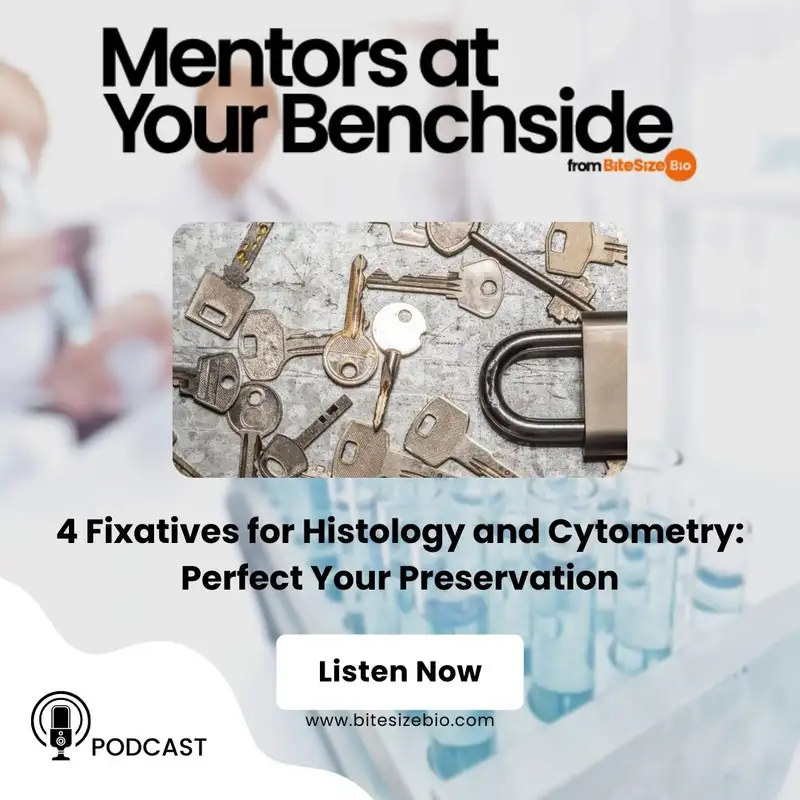
Microscope Disinfection: A Quick Guide
#107 — Need to give your microscope a quick clean to get rid of some grime but unsure what cleaning agent to use? Have you had a nasty sample on there recently and nee...
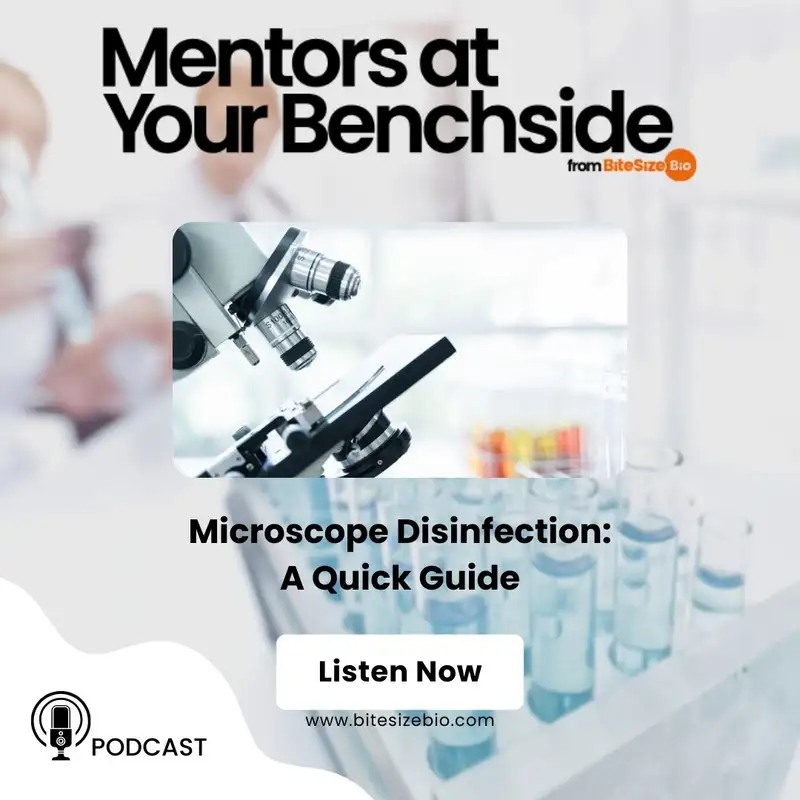
Tissue Processing For Histology: What Exactly Happens?
#106 — Transforming a tissue sample into a slide ready for microscopic exploration involves a series of critical steps. Among these, tissue processing is a fundamental...

Multiple Fragment Ligation: The Why and How
#105 — You may be familiar with standard single fragment ligations: insert, vector, ligase—done! But what if you have a complex cloning project with a massive region o...
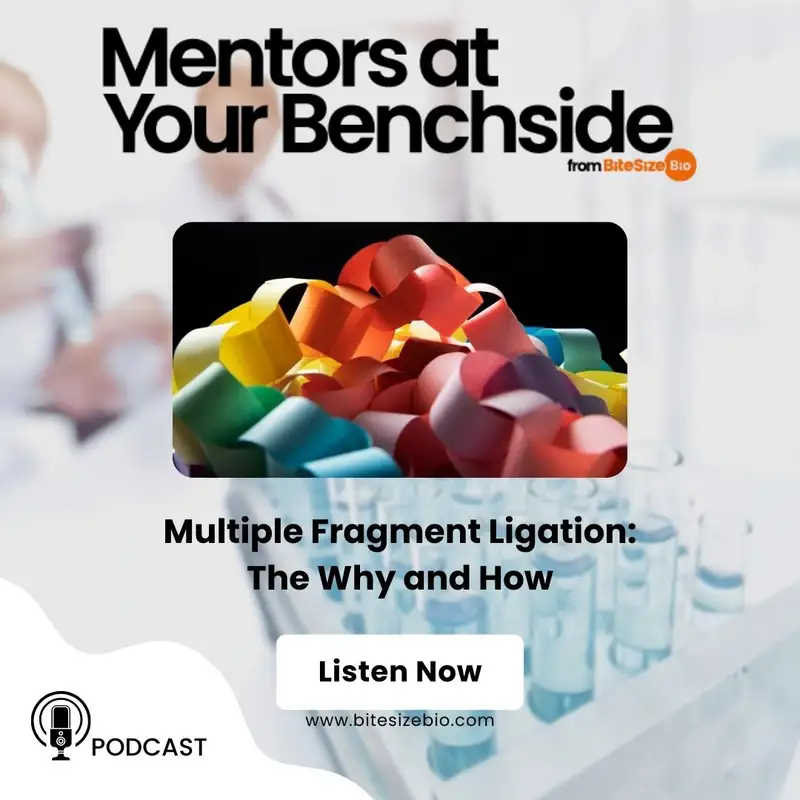
Funding Opportunities and the Flow of Money in Science
#104 — What funding stream is right for you? Industry or government? Non-profits or crowdfunding? It depends on what you're researching, but also where you want to tak...

Maxam–Gilbert Sequencing: What It Is and 3 Modern Applications
#103 — DNA sequencing is a fundamental technique in modern molecular biology that has revolutionized the study of genes.In the old days, Maxam–Gilbert sequencing was t...

Confocal Laser Scanning Microscopy Explained In 3 Easy Steps
#102 — Fluorescence microscopy images not only look great but also allow us to get a better understanding of cells, structures, and tissues. And confocal laser scannin...

How to Become an Expert at Getting Funded
#101 — Discover what it takes to become an expert at getting funded, from simple habits such as summarizing what you read in the literature, to big steps such as orga...

5 Types of Difficult Lab Supervisor and How to Handle Them
#100 — Science attracts so many different and quirky personalities that you are bound to have some people you just don’t get along with. Conflicts happen, and there ar...

7 Top Tips to Make the Most of Your Flow Cytometry Training
#99 — So you’ve got your flow cytometry training booked and are one step closer to that precious data.But if you want to hit the ground running and get some useful dat...

What Reagents Can You Use Past Their Chemical Expiry Date?
#98 — Our labs can contain thousands of chemicals, many of which will be past their given expiry date and many of which are expensive to buy and replace. Replacing the...

How to Write an Effective Research Interest Statement
#97 — A research interest statement is essential to successfully apply for an academic job. In this episode, we delve into how to craft an outstanding one. [1]We cover...

How to Preserve Microorganisms: Store Your Cells Better
#96 — An appropriate microorganism preservation method can make all the difference in maintaining the viability of your microbial strains because it plays a crucial ro...

